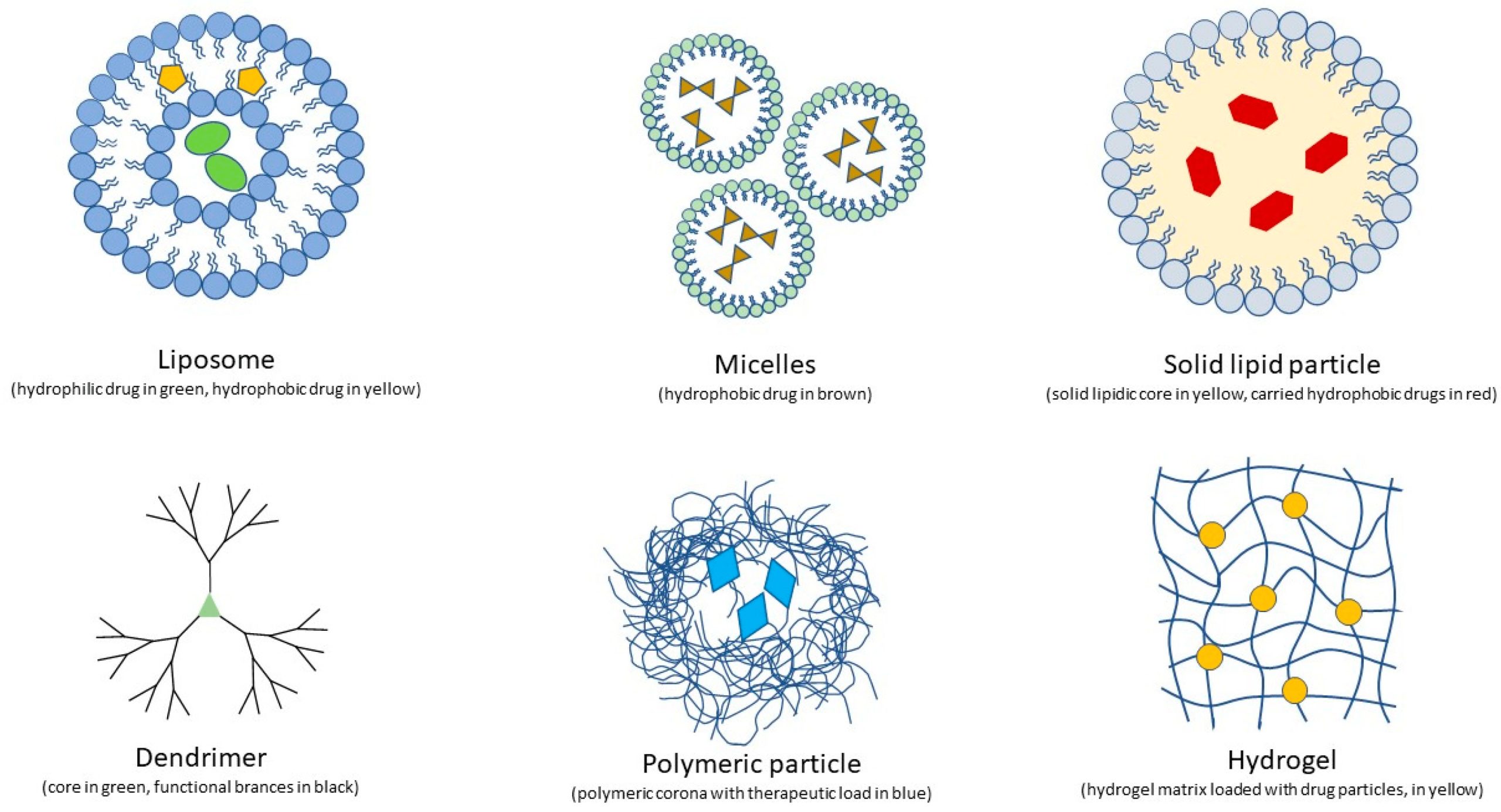Innovative Strategies for Drug Delivery to the Ocular Posterior Segment

Innovative and new drug delivery systems (DDSs) have recently been developed to vehicle treatments and drugs to the ocular posterior segment and the retina. New formulations and technological developments, such as nanotechnology, novel matrices, and non-traditional treatment strategies, open new perspectives in this field. The aim of this mini-review is to highlight promising strategies reported in the current literature based on innovative routes to overcome the anatomical and physiological barriers of the vitreoretinal structures. The paper also describes the challenges in finding appropriate and pertinent treatments that provide safety and efficacy and the problems related to patient compliance, acceptability, effectiveness, and sustained drug delivery. The clinical application of these experimental approaches can help pave the way for standardizing the use of DDSs in developing enhanced treatment strategies and personalized therapeutic options for ocular pathologies.
1. Introduction
Download the full review as PDF here: Innovative Strategies for Drug Delivery to the Ocular Posterior Segment
or read it here
Gabai, A.; Zeppieri, M.; Finocchio, L.; Salati, C. Innovative Strategies for Drug Delivery to the Ocular Posterior Segment. Pharmaceutics 2023, 15, 1862. https://doi.org/10.3390/pharmaceutics15071862

